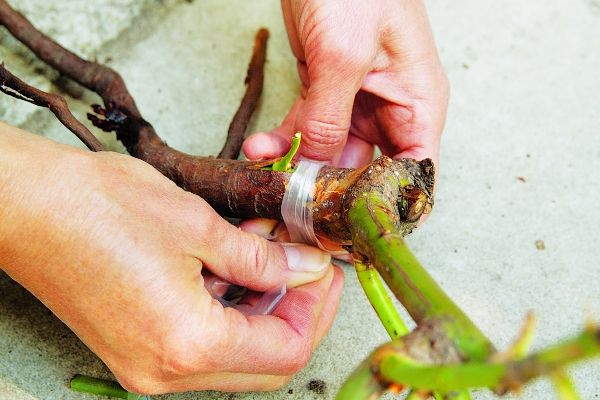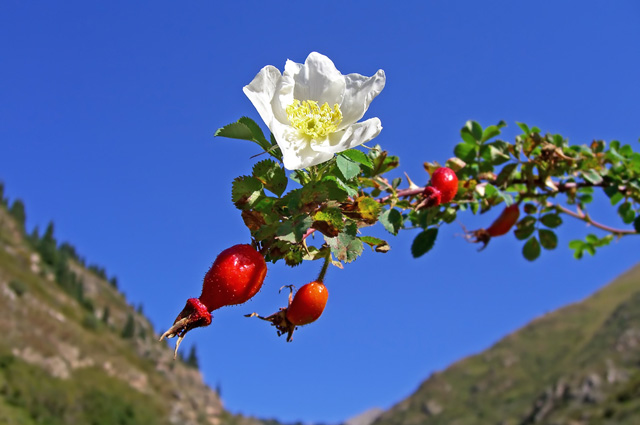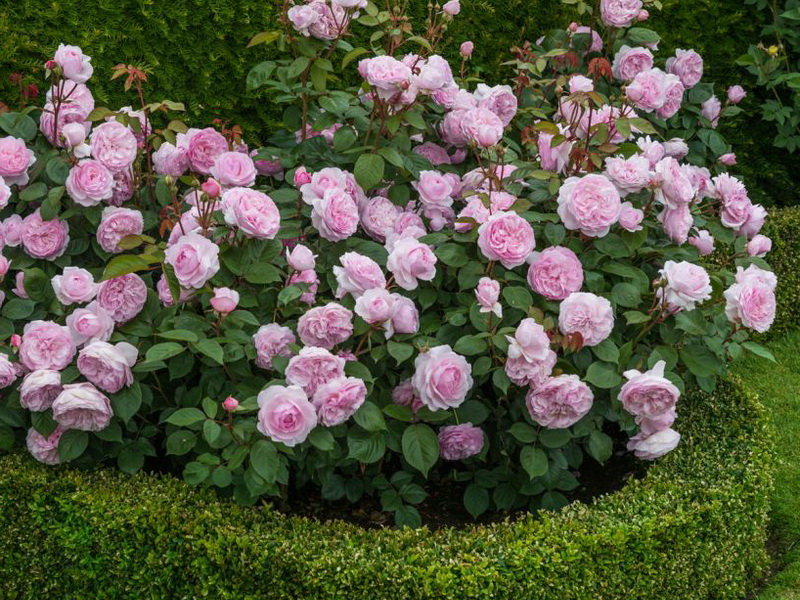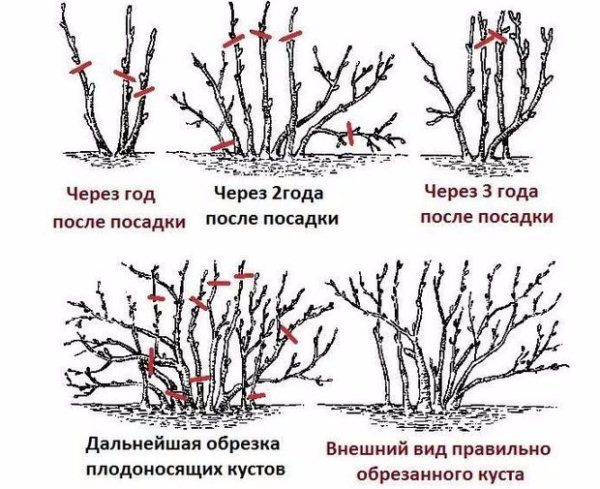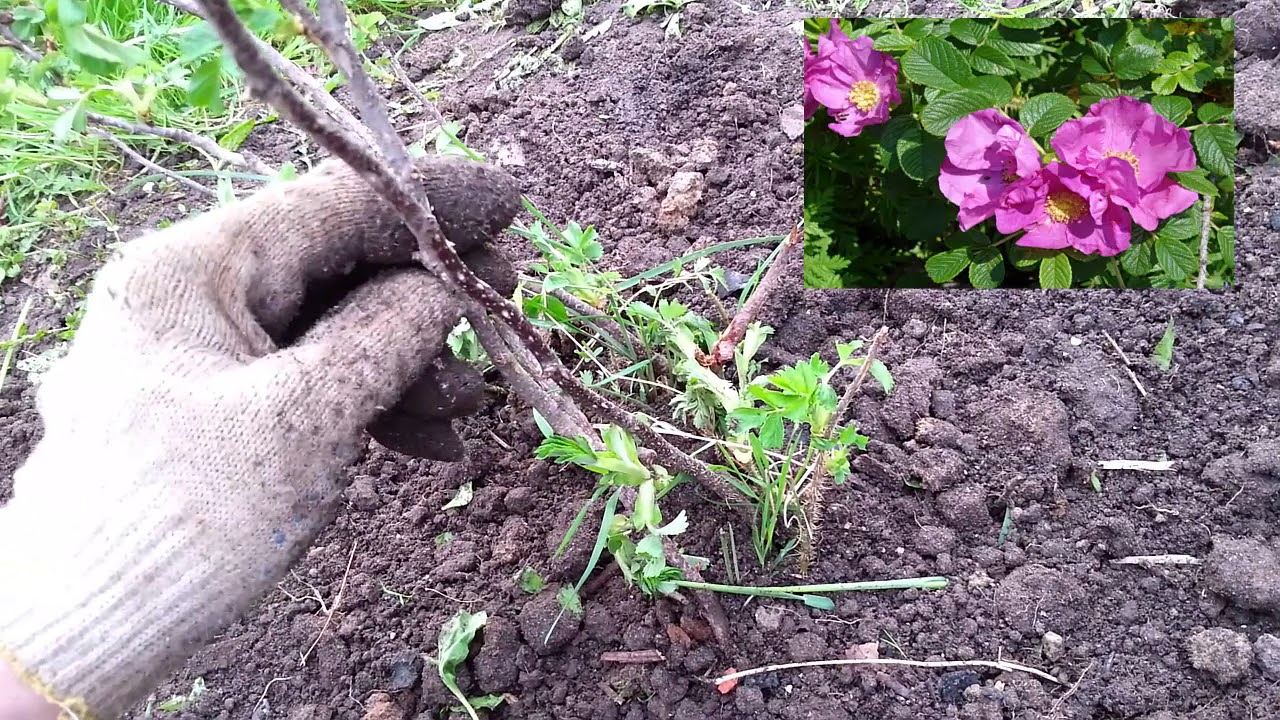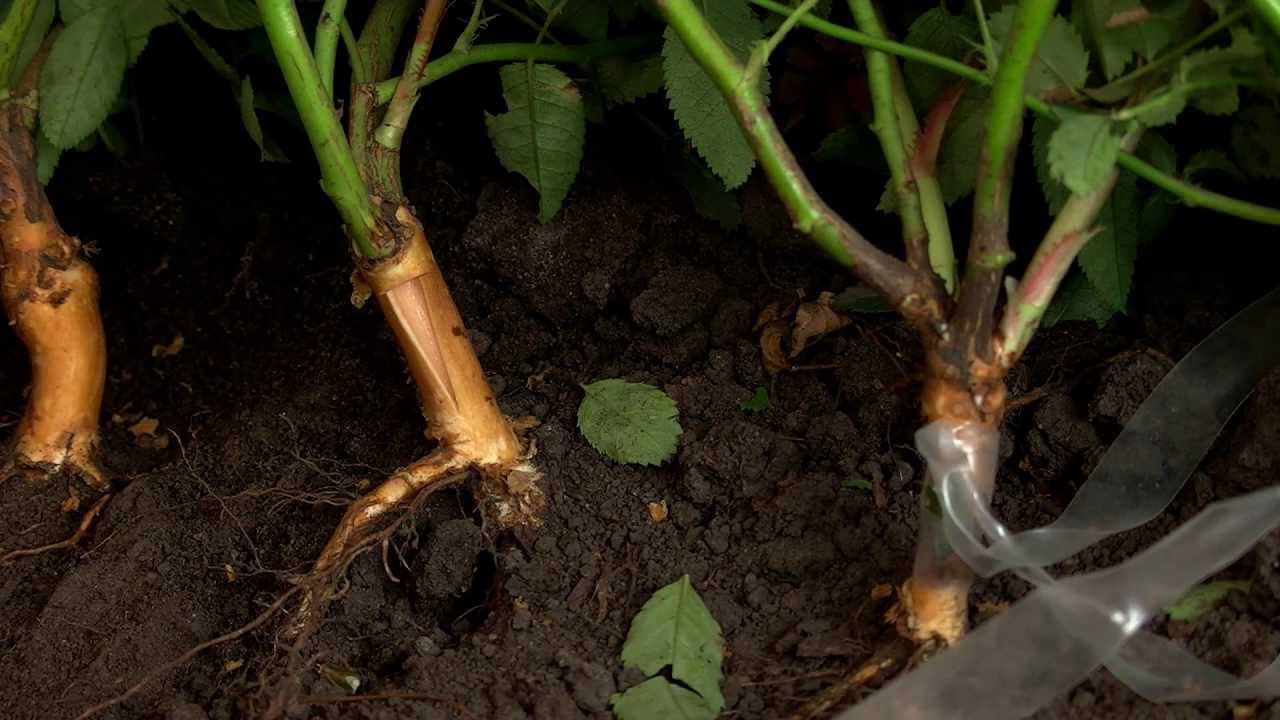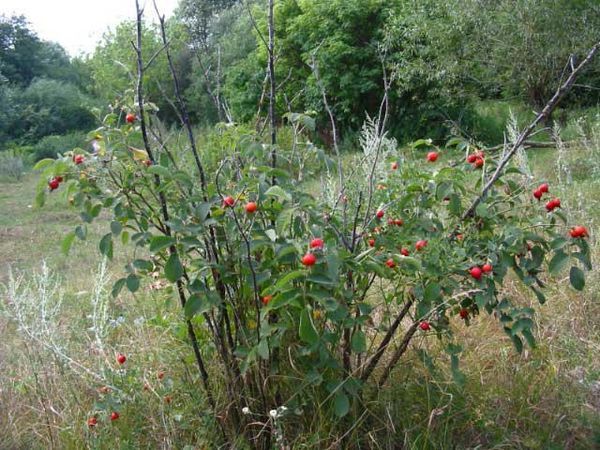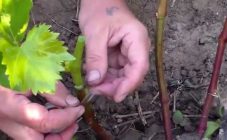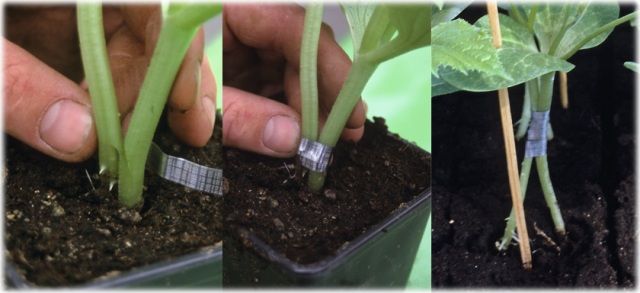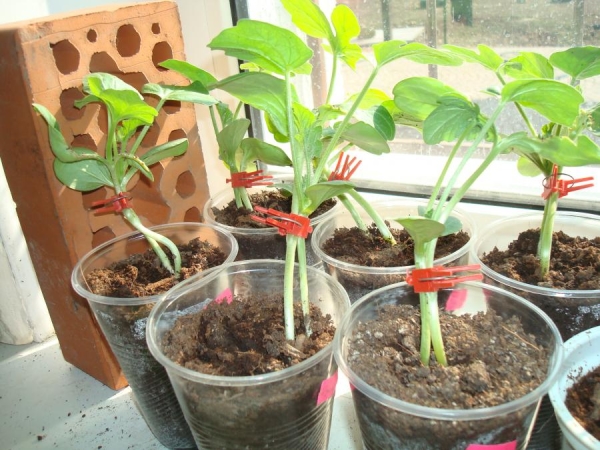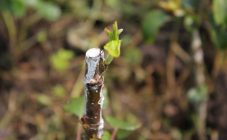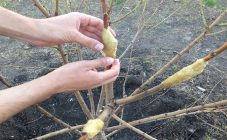Content:
Anyone who has been growing roses for more than one year claims that the flower is demanding in its care, but it is pleasant to take care of the rose garden. It is possible to endow the plant with greater unpretentiousness, resistance to climatic manifestations, and resistance to disease if you graft it. A rose is inoculated on a rosehip in summer, spring or winter, in February. In winter, the survival rate of the scion is low, and, as a rule, flower growers for grafting choose the spring season, when the stems have not yet begun to grow, or summer - after flowering.
A rose grafted onto a rose hip, unlike natural-rooted flowers, can be reborn into a rose hip. The reason for this may be agrotechnical violations when growing, planting, pruning a bush. To prevent rebirth, the grafted flower must be looked after as correctly as possible.
Features of summer vaccination
The summer period for grafting roses is July - mid-August. The stock is purchased ahead of time: in autumn or spring. Plants are regularly watered before grafting in order to activate the movement of juices in them (due to moisture, the bark is easier to separate from the wood).
Many varieties and hybrids of roses are propagated by grafting. Distinguish between copulation, when the shoots of the stock and scion are spliced, and budding. The budding of roses consists in the engraftment of a bud of a rose, or an eye, to another plant. The bud is inserted into the root collar of the rootstock or rootstock shoot.
Rosehip grafting
For grafting roses to rose hips, a rootstock plant is selected with an age of 3 years and with a root collar 7-10 mm thick.
Before planting roses on the rosehip, the rootstock bush is dug up, the earth is shaken off the rhizome, the neck is wiped - the place where the root system passes into the stems. The bark on it should be light, which is typical for a healthy plant.
T-shaped budding instruction:
- On a rose bush, a young (one-year-old) branch with healthy, well-developed dormant buds is chosen. It is cut, cleaned of leaves and thorns. With a clean knife, the bark is incised above the kidney, leading the edge in a horizontal direction. A horizontal incision is also made 2-3 cm below the kidney, and the bark with the kidney is cut towards the previous incision. The graft is cleaned of wood if it is on the bark.
- A T-shaped incision is made on the root collar of the rootstock plant (in this case, it is a dog rose). The bark is bent along the incision lines with a knife blade. A stalk with a bud is inserted into the rosehip cut freed from the bark - a scion obtained from a branch of roses. It is placed under the bark of the rose hip so that the stalk is completely covered and the peephole is visible.
- The bark of the scion, placed on the rosehip, is tightly pressed and fixed, tightly wrapped with a plaster (tape) from above and below, without affecting the bud's eye.
With the correct vaccination, after 2 weeks it will become clear whether it will be possible to grow the grafted plant or not. If the bud remains green, the stalk fell off, and the shoot began to grow - everything is in order. Otherwise, the procedure will have to be repeated.
Sometimes the vaccination needs to be done in another way - by budding in the butt. Its scheme is no different from T-budding. With this method, instead of a T-shaped, plant-sparing cut, the rootstock bark is cut with a rectangle. It is recommended to inoculate in an overlay on plants with hard bark, on which it is difficult to make a T-cut. Yes, and under a thick bark it will not be possible to place a stalk with a bud.
Inoculation can be done by budding not into the root collar, but into the stem. How to plant roses to a rosehip in an escape:
- Rosehip and rose bush are prepared for budding, watering abundantly 2 days before the procedure.
- On the selected day, the thorns are cleaned from the thorns on the rosehip.
- A T-cut or U-shaped cut is made on the stock.
- A bark (stalk) with an eye is cut from a rose branch.
- The bark of the stock in the place of the cut is lifted and a stalk with an eye is placed.
- Above and below the scion is fixed with a plaster or tape.
After the buds have engrafted on the stock, the shoots of the rose hips are cut off so that the young stem gets enough nutrients.
By propagation by grafting using all or almost all of the buds of a varietal rose, much more rare plants can be obtained than by cuttings. Grafted flowers turn out to be stronger and more resistant to different climatic conditions, pests, diseases than those planted with a bush.
Rose grafting
Young rose bushes purchased from nurseries are sensitive to changes in climate and soil composition. They react to new growing conditions with a long period of adaptation with slow growth, weak flowering. And flower growers are interested in how to plant a rose on a rose in the summer, so that the plant takes root as quickly as possible and starts growing.
If the grafting is done on a strong rose bush, the flower immediately gets a well-developed root system adapted to growing conditions. Most often, for roses, grafting with a bud, or budding, is used, and in the root collar. It has established itself as a reliable breeding method for modern roses, including hybrid tea varieties, floribunda.
Spring budding is carried out before bud break, and flower growers need to have time to complete the work in 2-3 weeks. A longer period is allotted for summer grafting: from late July to early September. With summer budding, the bud of the scion takes root in the fall, and starts growing next year.
Experienced flower growers envisage planting roses for grafting in the rose garden. There is nothing complicated in budding, and the scion can be taken from rare cultivated varieties at any time or cut from a new, just acquired bush.
Most often grown for scion:
- Winter-hardy multiflora floribunda rose with a life cycle of 25 years, which is highly decorative even without grafting. The graft takes root on it well and develops quickly. The disadvantage of Multiflora is its vulnerability to disease.
- Canina hybrid tea. The flower is winter-hardy, with a long lifespan, prefers medium and slightly alkaline soils.
- Cultivars Kukolinsky and Senff's Canina, which can be used for grafting with cuttings and buds.
- Dog (Rosa canina), wrinkled (Rosa rugosa) rose for grafting standard varieties.
You can choose the right stock using the information provided in the color catalog. You need to take into account:
- scion survival and developmental activity of grafted shoots;
- the duration of the growing season;
- unpretentious care;
- frost resistance and other reactions to climatic conditions;
- resistance to infections and pests;
- the property to give wild shoots;
- tolerance of lack and excess of moisture.
Grafting to form a stem
For the stock of a standard rose, the most common use of varieties of wild roses, or rose hips (Rosa canina and Rosa rugosa).A rose hip bush is formed by cutting off excess stems and leaving the most developed shoot. When the stock is sufficiently developed, a stem of a varietal rose is grafted onto it. As a result, the plant receives:
- powerful root system;
- erect shoots inherited from wild rose;
- good survival rate of the scion;
- unpretentious care;
- resistance to unfavorable manifestations of climate, diseases, infections.
Growing rose hips from seeds
For the stock, collect slightly unripe rosehip seeds, removing the fruits from the bushes in August. The seeds are thoroughly cleaned from the pulp, but without the use of water, dried and stored in a dark, dry place. In April, they are sown in boxes of soil and left to grow in a warm room.
In good weather conditions, the seedlings are taken out into the garden. In the fall, the strongest plants are transplanted into separate growing containers. In the 3rd year of growth, a bush is formed, leaving the most powerful shoot. In the 4th year, the seedling is transplanted into open ground.
Care after vaccination
After grafting, the flower needs proper care, first of all, it concerns pruning. It is necessary to remove the shoots that grow near the rootstock under the grafting site. If not pruned, wild shoots will drown out the stem growing from the bud and delay its development.
It is necessary to remove wild shoots at their very base, without leaving protruding rings from the stems. Excess shoots from the trunks of grafted standard roses are removed in the same way, by cutting with a knife.
Watering, fertilizing, sheltering for the winter when caring for grafted roses are no different from caring for flowers of this variety. But there is one important difference in grooming, and it concerns the main trim. It is carried out by forming a bush immediately after flowering. The head of the bush is not allowed to be too thick, so as not to reduce the abundance of flowering and to prevent a decrease in the size of the flowers.
About caring for a rose at home
The flower is planted in prepared soil - loosened, fertilized, well moistened. After planting, they adhere to the watering regime 1 every 2 days, gradually increasing the interval between irrigations and bringing them to the recommended for this variety of roses. Since the end of August, the flower is watered less, before the winter shelter, the ground is abundantly moistened and the bushes are no longer watered.
Throughout the season, the flower is fed: in the spring - with nitrogen-containing compounds that stimulate the growth of shoots and leaves, from the end of spring and in the summer - with fertilizers with potassium, phosphorus, magnesium for abundant and prolonged flowering. In autumn, nutrient mixtures are introduced that strengthen the plant and enhance frost resistance, resistance to diseases.
In the rose garden, for the prevention of infections and diseases, spraying and watering with herbal infusions and solutions with fungicides is carried out, weeds are removed, and pruning is done. The spring is carried out to stimulate the development of the bush, in the summer, dry stems and faded inflorescences are removed, in the fall the flower is prepared for wintering. Excessively dense bushes are thinned out in order to prevent moisture accumulation and prevent fungal diseases.
Florist tips and mistakes
Professional florists recommend how to plant a rose correctly:
- For the stock, choose a young bush of a variety that is resistant to frost and diseases. The age of the plant should be from 2-3 years, and its stems should be from 1 cm thick.
- Do not use rose hips grown by cuttings for rootstock.
- The rootstock can be used grafted roses reborn into a wild rose.
The most common mistakes when grafting roses:
- the wrong day was chosen for work: vaccination is not recommended in rainy weather;
- wrong choice of scion: instead of a mature promising bud, an immature eye was cut;
- use of material from a bush infected with an infection or pest.
In order for the entire period (spring-summer) to bloom in the rose garden, you can follow the path of buying many new, undemanding bushes, resistant to infections and pests. Or you can use the possibilities of grafting flowers, and grow varietal roses with more attractive practical care characteristics on the powerful rosehip rhizome. Vaccinations also allow you to reproduce rare varieties of flowers with low financial costs. And for budding there is a step-by-step action plan.
